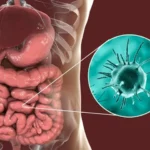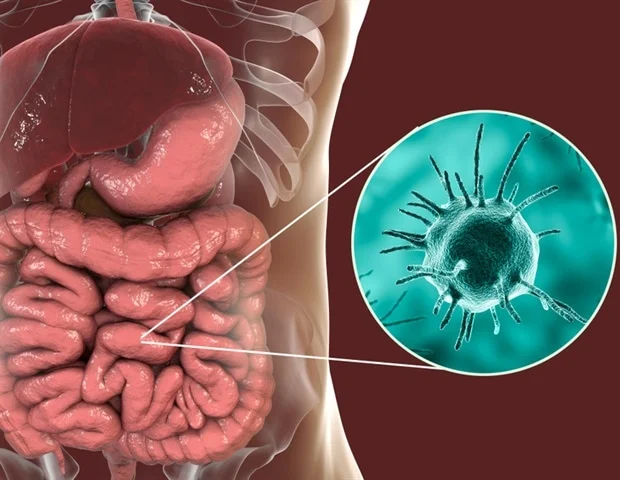When I first heard about ketamine therapy, I’ll be honest-I didn’t take it seriously. To me, ketamine was a party drug or a tranquilizer used during surgeries. But in 2023, when my anxiety had reached an unbearable peak and my regular antidepressants had long stopped working, I found myself sitting in a quiet clinic room, holding a weighted blanket, about to try something that felt both radical and strangely hopeful.
What happened in the weeks that followed changed the trajectory of my mental health.
I’m not alone. As more people look for alternatives to traditional psychiatric treatments, ketamine therapy is emerging as one of the most promising breakthroughs in mental health care today. In this article, I’ll share real-world stories (including my own), explain how ketamine therapy works, and offer insights into whether this transformative treatment could be right for you or someone you love.
What Is Ketamine Therapy?
Ketamine therapy-also known as ketamine-assisted psychotherapy (KAP)-combines low doses of ketamine with guided talk therapy. Unlike standard antidepressants that can take weeks to work, ketamine often produces rapid improvements in mood and emotional regulation, sometimes within hours.
The treatment can be administered through:
IV infusions
Intramuscular injections
Sublingual lozenges
Nasal spray (esketamine, a derivative of ketamine, sold under Spravato)
But it’s not just about the medicine. What makes ketamine therapy unique is how it allows the brain to break free from rigid thought patterns, giving patients the chance to process trauma, shift perspectives, and reconnect with their emotional selves—all in a safe, therapeutic setting.
The Science Behind Ketamine Therapy
So, what’s happening in the brain?
Ketamine works differently than SSRIs or benzodiazepines. Instead of focusing on serotonin, it targets the NMDA receptors and boosts glutamate, a neurotransmitter involved in learning and memory. This shift enhances neuroplasticity-the brain’s ability to form new connections.
For people stuck in loops of depression, anxiety, PTSD, or emotional numbness, ketamine therapy can create space to experience life differently.
In fact, a study published by the National Institute of Mental Health showed that up to 70% of treatment-resistant depression patients responded positively to ketamine therapy within 24 hours.
Those are numbers that traditional medications just can’t match.
Real Story #1: Sarah’s Battle with Chronic Depression
Sarah, a 34-year-old graphic designer, had been living with depression since college. She’d tried five different antidepressants, weekly therapy, journaling, even yoga retreats. Some helped temporarily. Most didn’t.
By the time she arrived at a ketamine therapy clinic in New Haven, she was exhausted—not just mentally, but spiritually. “I wasn’t suicidal,” she told me. “But I also didn’t feel alive.”
Her first ketamine session was “like watching a storm pass from a safe place.” For the first time in years, she felt her emotions—not just her pain, but also joy, hope, and something that surprised her: compassion for herself.
After six sessions over the course of a month, Sarah’s depression symptoms dropped by over 60%. Her energy returned. She began sketching again.
“Ketamine didn’t cure me,” she said. “But it gave me a window into what healing could feel like.”
Who Can Benefit from Ketamine Therapy?
While ketamine isn’t a cure-all, it has shown promise for a wide range of mental health challenges, including:
Treatment-resistant depression
Anxiety disorders
PTSD
Bipolar depression
OCD
Suicidal ideation
It’s particularly helpful for those who’ve tried multiple therapies with little to no success. Many patients describe ketamine therapy as “a reset button” or “a way out of the fog.”
That said, it’s not suitable for everyone. Individuals with certain cardiovascular conditions, schizophrenia, or a history of substance abuse should undergo thorough screening before starting.
What to Expect During a Ketamine Therapy Session
If you’re curious about what it’s like, here’s a general overview:
Preparation
Before your first session, you’ll meet with a psychiatrist or therapist to review your mental health history and set intentions for your journey. This step helps build a therapeutic alliance and creates emotional safety.
The Session
You’ll be in a comfortable, dimly lit room—often lying down, with calming music in the background. The ketamine is administered, and within 10–15 minutes, you begin to feel its effects.
Many describe the experience as:
A dreamlike or out-of-body state
A floating sensation
Vivid visualizations
Emotional release or catharsis
You’re not “asleep,” but you’re deeply inward. A therapist or guide remains present throughout, helping you feel grounded and safe.
Integration
After the session, you process what came up with your therapist. This is where the real healing unfolds-connecting insights to your life, relationships, and past wounds.
Real Story #2: James’ Journey Through PTSD
James, a 42-year-old Army veteran, had been living with PTSD for over a decade. Flashbacks. Nightmares. Emotional withdrawal. He was skeptical of ketamine at first-“Just another promise in a long list of failed treatments.”
But after three sessions of ketamine therapy, he cried for the first time in years. “Not out of sadness,” he said. “Out of relief.”
He described one session where he felt like he was floating above his trauma-watching it without being consumed by it. That emotional distance gave him clarity and, over time, peace.
He’s now an advocate for ketamine-assisted therapy for veterans, helping others find hope where they once felt helpless.
Is Ketamine Therapy Safe?
When administered by licensed professionals in a controlled setting, ketamine therapy is considered safe. The most common side effects are short-term and include:
Nausea
Dizziness
Mild dissociation
Increased heart rate
Clinics carefully monitor vital signs during treatment and tailor dosages based on patient response.
It’s worth noting that ketamine has a history of recreational misuse—but therapeutic use is different. It’s legal, medically supervised, and rooted in clinical best practices.
The Future of Mental Health Treatment
The growing acceptance of ketamine therapy signals a broader shift in how we approach mental health. Instead of just managing symptoms, we’re beginning to explore treatments that support emotional processing, self-awareness, and transformation.
In cities like New Haven, the number of clinics offering ketamine-assisted therapy has grown significantly since 2022. And with more research and insurance coverage expanding, access is improving.
If you’ve been feeling stuck—or if someone you love has—it might be time to look into this option.
Wrapping It U
Everyone’s healing journey looks different. For me, ketamine therapy wasn’t a magic fix-but it was the first time I felt like my inner world wasn’t stuck in grayscale. It gave me space to breathe, reflect, and reconnect.
And for people in Connecticut, particularly those seeking treatment in ketamine assisted therapy New Haven programs, there are now more choices than ever-many of which offer affordable, compassionate care tailored to your needs.
If you’re considering it, do your research. Talk to professionals. Ask questions. And most importantly-believe that healing, in all its messy, beautiful forms, is possible.
Click here to read our recent article – How Ketamine Training Supports Healing from Depression















Leave a comment